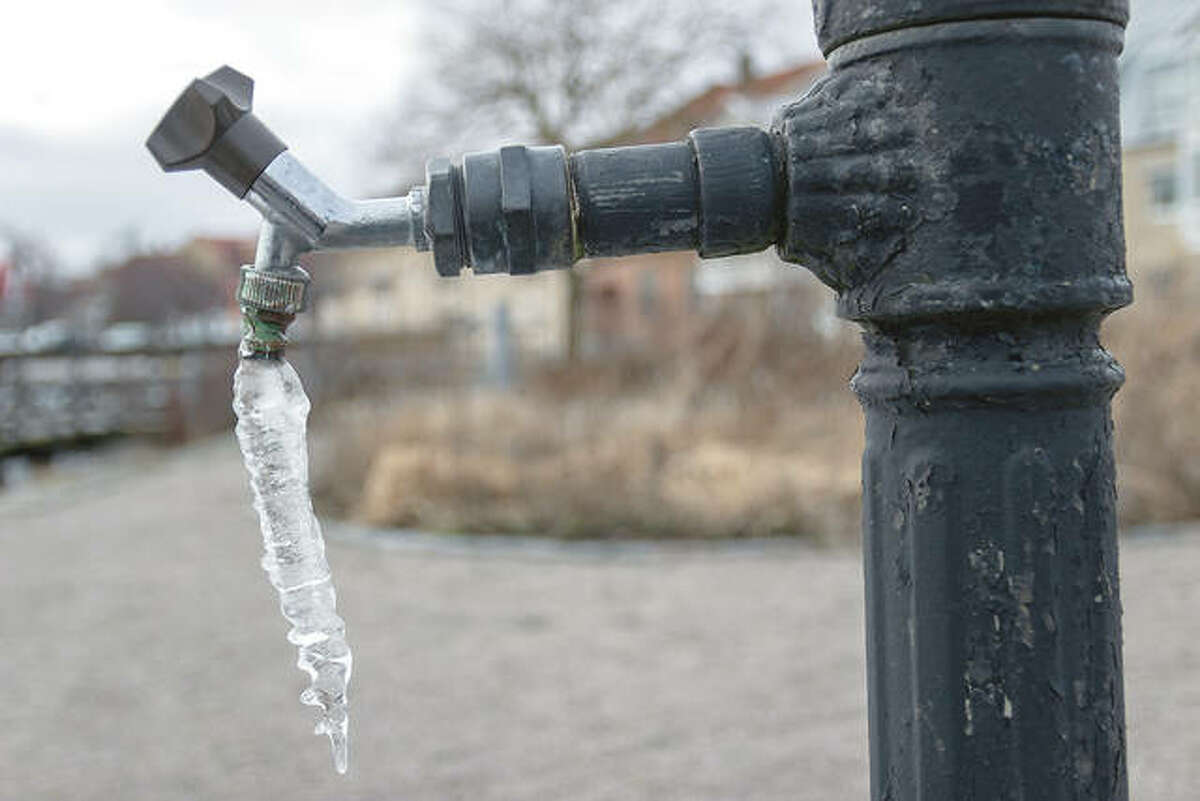Important Tips for Preventing Frozen Pipes in Winter Seasons
Important Tips for Preventing Frozen Pipes in Winter Seasons
Blog Article
We've noticed the article involving How to Prevent Your Pipes From Freezing below on the internet and figured it made good sense to share it with you in this article.

Cold weather can wreak havoc on your pipes, especially by freezing pipelines. Right here's how to avoid it from happening and what to do if it does.
Intro
As temperatures decrease, the threat of frozen pipes boosts, possibly resulting in pricey repairs and water damages. Recognizing just how to stop frozen pipelines is critical for homeowners in cool climates.
Avoidance Tips
Shielding at risk pipes
Wrap pipelines in insulation sleeves or make use of warmth tape to protect them from freezing temperatures. Focus on pipelines in unheated or external locations of the home.
Heating techniques
Keep interior rooms effectively warmed, particularly locations with pipes. Open closet doors to allow warm air to flow around pipes under sinks.
How to identify icy pipelines
Search for decreased water circulation from faucets, uncommon odors or noises from pipes, and visible frost on exposed pipelines.
Long-Term Solutions
Architectural adjustments
Think about rerouting pipelines away from exterior walls or unheated areas. Add additional insulation to attics, basements, and crawl spaces.
Upgrading insulation
Buy top quality insulation for pipes, attics, and walls. Correct insulation aids preserve constant temperatures and reduces the risk of icy pipes.
Shielding Exterior Pipes
Yard hoses and outdoor faucets
Detach and drain garden tubes before winter months. Install frost-proof faucets or cover exterior faucets with protected caps.
Recognizing Icy Pipelines
What creates pipelines to freeze?
Pipelines ice up when exposed to temperatures below 32 ° F (0 ° C) for extended periods. As water inside the pipes ices up, it expands, taxing the pipe walls and possibly creating them to burst.
Dangers and problems
Frozen pipes can cause water supply interruptions, residential or commercial property damage, and costly repair services. Ruptured pipelines can flooding homes and trigger substantial architectural damages.
Indications of Frozen Water Lines
Determining frozen pipelines early can stop them from breaking.
What to Do If Your Pipelines Freeze
Immediate actions to take
If you think frozen pipes, maintain taps available to alleviate pressure as the ice melts. Make use of a hairdryer or towels soaked in warm water to thaw pipes slowly.
Verdict
Avoiding icy pipes calls for positive measures and quick actions. By understanding the causes, indicators, and preventive measures, house owners can secure their plumbing throughout cold weather.
5 Ways to Prevent Frozen Pipes
Drain Outdoor Faucets and Disconnect Hoses
First, close the shut-off valve that controls the flow of water in the pipe to your outdoor faucet. Then, head outside to disconnect and drain your hose and open the outdoor faucet to allow the water to completely drain out of the line. Turn off the faucet when done. Finally, head back to the shut-off valve and drain the remaining water inside the pipe into a bucket or container. Additionally, if you have a home irrigation system, you should consider hiring an expert to clear the system of water each year.
Insulate Pipes
One of the best and most cost-effective methods for preventing frozen water pipes is to wrap your pipes with insulation. This is especially important for areas in your home that aren’t exposed to heat, such as an attic. We suggest using foam sleeves, which can typically be found at your local hardware store.
Keep Heat Running at 65
Your pipes are located inside your walls, and the temperature there is much colder than the rest of the house. To prevent your pipes from freezing, The Insurance Information Institute suggests that you keep your home heated to at least 65 degrees, even when traveling. You may want to invest in smart devices that can keep an eye on the temperature in your home while you’re away.
Leave Water Dripping
Moving water — even a small trickle — can prevent ice from forming inside your pipes. When freezing temps are imminent, start a drip of water from all faucets that serve exposed pipes. Leaving a few faucets running will also help relieve pressure inside the pipes and help prevent a rupture if the water inside freezes.
Open Cupboard Doors
Warm your kitchen and bathroom pipes by opening cupboards and vanities. You should also leave your interior doors ajar to help warm air circulate evenly throughout your home.

As a devoted person who reads about Helpful Tips to Prevent Frozen Pipes this Winter, I assumed sharing that section was important. If you enjoyed our article if you please do not forget to pass it around. I am grateful for your time. Revisit us soon.
Get A Free Quote Report this page